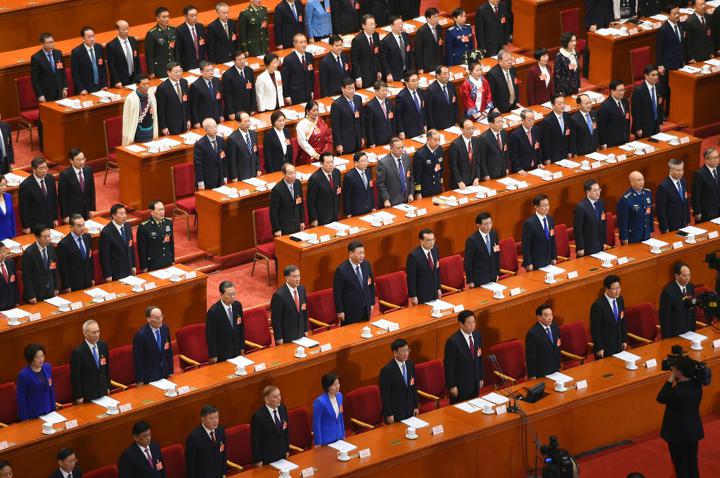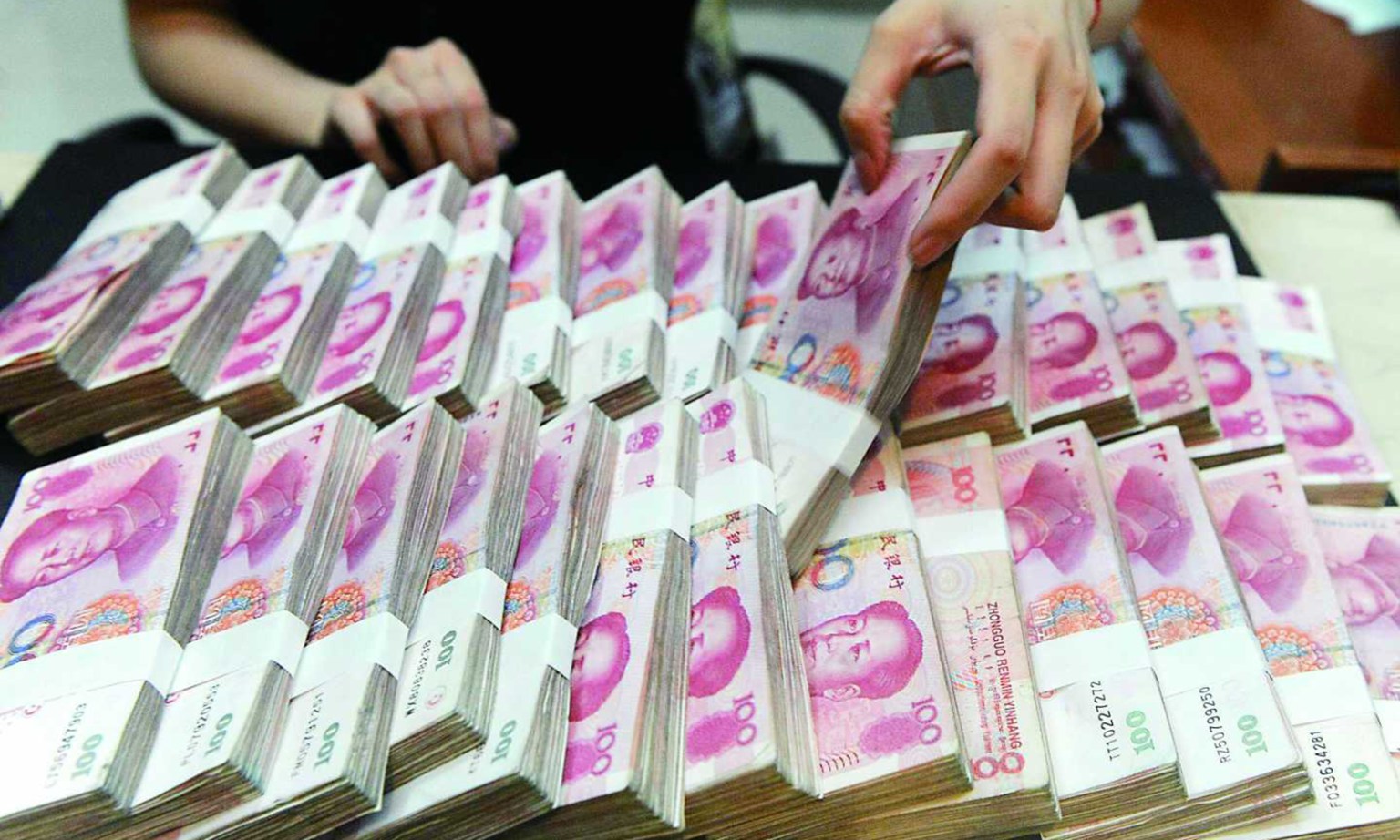(ATF) On Thursday, Chinese treasury bond futures suddenly pulled up in the afternoon. The 10-year contract rose 0.54% within five minutes, the bulk of a 0.61% increase on the day, Sina Finance reported. But the five-year main contract rose just 0.14% for the day. The five-year and 10-year contracts both reached record highs, but the two-year contract fell 0.07% late in the day.
What caused this volatility? China’s Political Bureau met and announced interest rate cuts in favour of long-term interest rates.
China Bond market insiders say there are “three logical factors” that drive the market up and then flatten out in a cyclical pattern.
China’s National Bureau of Statistics recently released data on the per capita disposable income of people in 31 provinces for first quarter of this year. The disposable income of residents in the seven provinces and cities – Shanghai, Beijing, Zhejiang, Jiangsu, Tianjin, Guangdong and Fujian – exceeds 10,000 yuan. Shanghai came top with 19,621 yuan. Residents “disposable income refers to the sum of residents” final consumer expenditure and savings. It includes cash income and benefits in-kind.
In these cities it’s normal to see taxi drivers or restaurants with screens showing market movements – previously for stocks, but now increasingly for bonds. A recent quarterly bond conference in Beijing saw 20,000 people pay to “attend”, mostly via the Net and a series of gadgets.
The first big factor driving the market is state policy on rate cuts. Current economic policy mix has shifted from “relaxed land financing and fiscal stimulus” to “monetary easing plus fiscal stimulus”. At present the proportion of M2 – cash, cheques and easily convertible items – derived directly from land finance has dropped to about 10%. The Polit Bureau’s “interest rate cut” signal can actually refer to use of various means to lower the broad-spectrum interest rate rather than lowering a certain interest rate alone.

Chinese Premier Li Keqiang presents the government’s ‘work report’ at the opening of the second session of the 13th National People’s Congress in Beijing on 5 March 2019. Special purpose bonds are seen as an under-the-radar way to finance spending, as they aren’t included in municipal balance sheets. Photo: ImagineChina via AFP
Second factor
The second big factor is that increased pressure on banks also urgently requires a reduction of broad-spectrum interest rates. Net interest margin reduction encourages banks to dig deeper into corporate credit pricing.
Although the People’s Bank of China has continuously cut the interest rate of open-market (OMO) instruments, the central bank’s monetary instruments have never accounted for more than 4.5% of the bank’s total liabilities. The comprehensive interest rate cost of deposits is still the most important factor affecting the cost of bank liabilities. Banks more engaged in intermediary business will inevitably lead to rising costs, so the banks’ current business strategy has turned to mining corporate credit for credit.
However, the blind lending of small and medium-sized banks may bring unhealthy risks, and liabilities may create pressure to transfer corporate deposits to large banks. The possibility of cutting the deposit interest rate benchmark after the Politburo meeting on April 17 is rising. The low level of deposits are a “ballast stone” that won’t resist adjustment. The time to lower the deposit benchmark to adjust the broad-spectrum interest rate may gradually approach, experts told Sina Finance.
Third factor
The third big factor or “logic” is that loose liquidity and relatively high maturity premiums help the bond market’s long-term interest rate to decline. The logic of “relaxation and interest rate cuts” pushes the mid- and long-end of the yield curve of China’s national debt downward.
On April 7, the yield of national debt under three years before and after the central bank reduced the interest on excess reserves (IOER) rate experienced a significant downward shift, and the small volatility caused the overall yield curve to steepen. After the Politburo meeting, expectations of a rate cut in the bond market gradually strengthened, the mid- and long-end interest rate decline increased, and the overall yield curve flattened. Early reduction of the IOER triggered expectations in the bond market of currency easing, which caused short-term yields to decline. Continued easing of liquidity and different views on the long-term trend gradually led to a shift in market allocation from the short-term to the medium-term.
At the same time, continued liquidity easing and relatively high maturity spreads will also help the long-term interest rates decline. April is a traditional month for paying taxes, but from the perspective of recent money market interest rates, the performance of inter-bank funds in the tax period is stable. Loose liquidity suppressed the premium of medium- and long-term government bonds, and the allocation of medium- and long-term bonds began to enter the market.
And if we calculate the historical quantile of interest rate spreads of government bonds with different maturities since 2002, the yield of the 7-year and 10-year Treasury bonds as of the April 23 was still above 70%, mid- to long-term. The price-performance ratio at the shorter end of interest rates is actually still at the highest point in the past two years.
Sina explained Chinese investors debt market strategy. It said the sudden rise in the bond market on April 23 was not an overnight achievement. The “rate cut” from the Politburo meeting, plus pressure on both sides of the banking system’s assets and liabilities, and the allocation power from further easing of liquidity all make the bond market a long-term play. The terminal interest rate has a marginal downward momentum, and “disturbance” in the news side or sentiment has contributed to the surge in treasury bond futures.
Sina believes that short-term liquidity easing and relatively high maturity premiums can still dominate the decline of medium- and long-term interest rates, and the inflection point of interest rates may need to wait – so expect short-term debt. The market still has room to rise, and the 10-year Treasury yield to maturity will enter a 2.2-2.4% range.






















